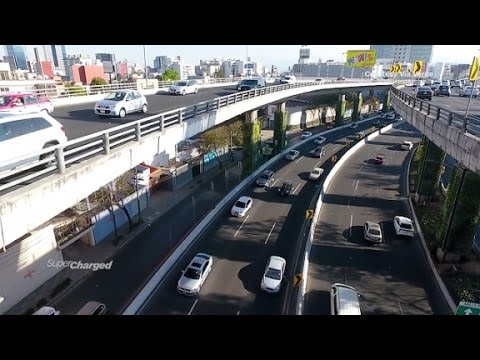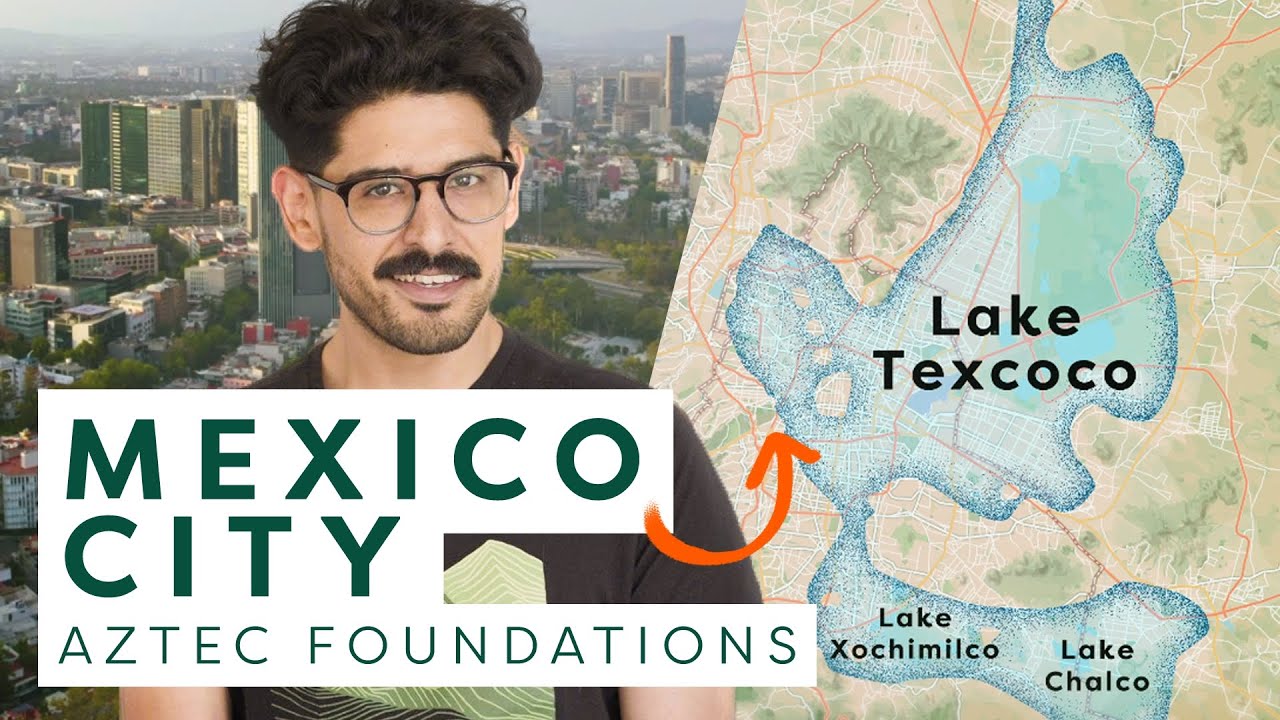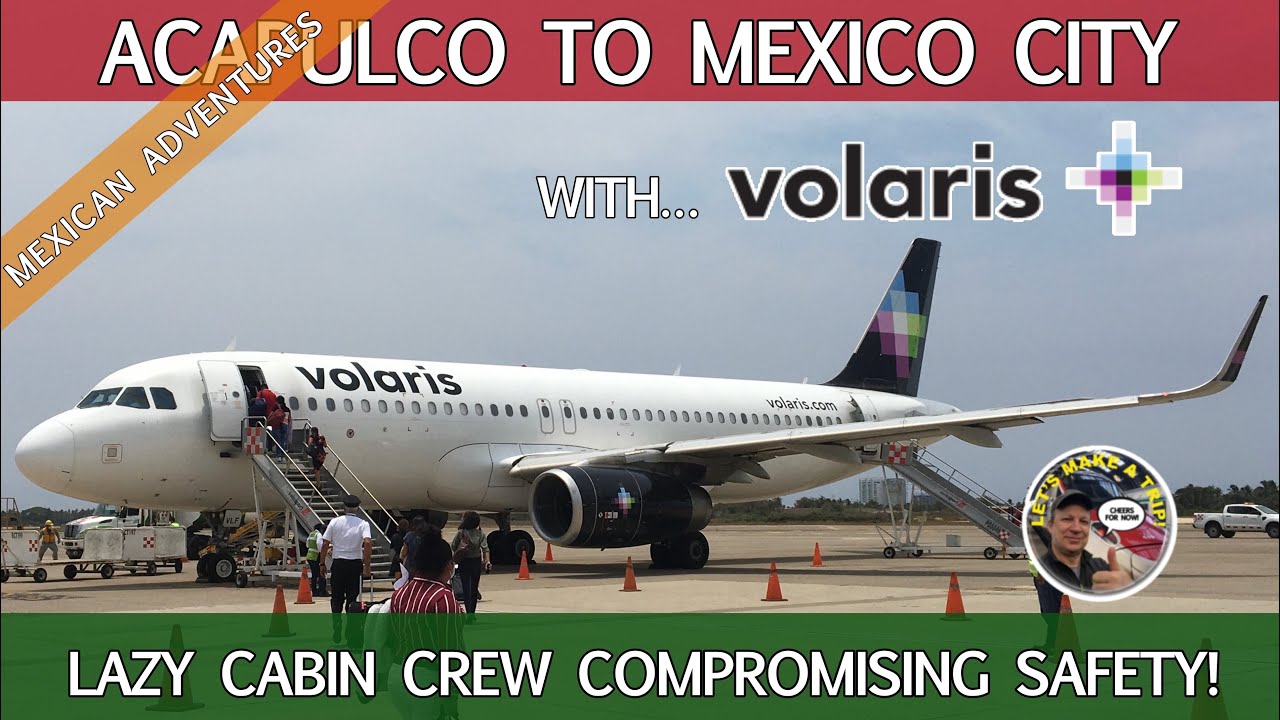The Magnitude of Vehicle-Generated Pollution in Mexico City
Mexico City, a sprawling metropolis that is home to over 20 million people, faces a significant challenge when it comes to vehicle-generated pollution. As one of the largest cities in the world, it experiences a vast amount of traffic congestion, which, in turn, leads to increased emissions from millions of vehicles on its roads every day. The urban landscape of Mexico City is such that it is encircled by mountains, causing pollutants to become trapped and affecting the air quality severely. Statistics have shown that vehicular emissions contribute to a large percentage of the city’s overall air pollution, posing health risks to its inhabitants and causing damage to the environment.
Such is the concern for the environment that the local government has implemented various strategies to reduce these harmful emissions. Programs like ‘Hoy No Circula’, which mandates that vehicles must stay off the roads one day a week based on their license plate numbers, aim to mitigate the intensity of pollutants released into the atmosphere. Despite these efforts, the sheer number of vehicles—estimated to be over 5 million—still contributes to a significant level of pollution every day. The dense fog of smog that often envelops the city is not only a visible indication of the problem but also a clarion call for more rigorous actions and sustainable transportation solutions.
The health implications of vehicle-generated pollution are profound and far-reaching. Long-term exposure to the high levels of particulate matter (PM) and ozone found in Mexico City’s atmosphere can lead to respiratory issues, cardiovascular diseases, and exacerbated rates of asthma, particularly in children and the elderly. Reports indicate that the levels of PM2.5, tiny particulate matter that can penetrate deep into the lungs and even enter the bloodstream, frequently exceed recommended guidelines. These health concerns drive the conversation not only on pollution reduction but also on improving public health policies and urban planning to safeguard the well-being of the city’s residents.
Understanding the Environmental Impact of Mexico City’s Traffic
Mexico City, as one of the largest metropolises in the world, is known for its vibrant culture and rich history. However, it also struggles with significant environmental concerns, particularly those related to the immense traffic that congests its streets daily. The environmental impact of such traffic congestion is multifaceted, affecting air quality, noise levels, and the overall health of the city’s residents.
One of the most pressing issues is the air pollution caused by vehicle emissions. Mexico City sits in a valley, which naturally traps air pollutants, exacerbating the effects of the millions of cars on the road. The most prevalent pollutants include nitrogen oxides, volatile organic compounds, and particulate matter, contributing to smog formation and posing severe health risks to the population. Studies have linked these pollutants to respiratory diseases, cardiovascular problems, and other serious health concerns.
Another environmental consequence is the impact on noise pollution. The constant hum of traffic reverberates through the city, with honking horns and engine sounds contributing to a chaotic auditory landscape. This relentless noise not only detracts from the quality of life but also adversely affects wildlife, disrupting their communication and behavior patterns. The stress caused by noise pollution can lead to a host of psychological and physiological issues for humans and animals alike.
Beyond air and noise pollution, traffic congestion also leads to increased carbon emissions, contributing to climate change on a global scale. The sheer volume of vehicles idling in Mexico City’s traffic jams leads to a substantial carbon footprint. This has implications not only for the local environment but also for the planet as a whole, as it contributes to the rising temperatures, changing weather patterns, and more extreme climate events witnessed around the world.
Addressing the Challenges: Mexico City’s Struggle with Vehicular Emissions
As one of the largest and most densely populated cities in the world, Mexico City faces significant challenges when it comes to managing vehicular emissions. The sprawling metropolis is notorious for its air pollution issues, with vehicles being one of the key contributors. With a population exceeding 21 million in the greater metropolitan area, the number of cars on the road is staggering, leading to high levels of pollutants like nitrogen oxides and particulate matter.
The Impact of Traffic Congestion
The sheer volume of traffic in Mexico City exacerbates the emission problems. Traffic jams are a common occurrence, often lasting for hours. During these periods of inactivity, cars and buses burn fuel inefficiently, pumping more pollutants into the air. This problem is compounded by the fact that many vehicles on Mexico City’s roads are older models with outdated technology that is not up to modern emission standards.
Government Initiatives to Curb Emissions
To combat this environmental challenge, the Mexican government has initiated various programs aimed at reducing vehicle emissions. One such program is Hoy No Circula (No-Drive Days), which restricts the use of vehicles based on their license plate numbers. Another effort includes the push for regular vehicle inspections to ensure compliance with emission standards. Additionally, the local government has been working to enhance public transportation options to encourage residents to leave their cars at home.
Adopting Cleaner Technologies
Beyond government policies, there is a growing movement towards cleaner technologies in Mexico City. Electric and hybrid vehicles are becoming more prevalent, though their adoption faces hurdles such as a lack of charging infrastructure and high upfront costs. Nevertheless, the local authorities are encouraging the use of such vehicles by offering incentives like tax breaks and the development of more charging stations across the city.
Citizens’ Role and Awareness
The fight against vehicular emissions is not the government’s responsibility alone; it’s a collective effort that also involves the citizens. Public awareness campaigns have been instrumental in educating the population on the health impacts of air pollution and the importance of eco-friendly practices. Carpooling, cycling, and the use of public transportation are being promoted among residents, along with the adoption of remote work to decrease the need for daily commutes.
Innovative Solutions to Reduce Vehicle Pollution in Mexico City
Mexico City has long been blanketed by a haze of vehicular pollution, but innovative efforts are underway to clear the skies. One of the most pioneering steps taken is the introduction of the ‘Hoy No Circula’ program which mandates that vehicles stay off the road once a week based on their license plate number. This initiative, coupled with stringent vehicle verification procedures, aims to reduce the number of high-polluting cars on the roads. Although the program has faced some criticism for creating a market for additional vehicles, it has definitely prompted residents to think twice about their transportation choices.
Beyond regulatory measures, Mexico City is investing in technology to combat vehicular emissions. Electric buses and zero-emissions subway cars are becoming a common sight, changing the urban transportation landscape. Commuters are being encouraged to use these eco-friendlier options through improved infrastructure and financial incentives like reduced fares. Furthermore, with the city’s bike-sharing program, EcoBici, expanding, residents have an alternative that’s not only cleaner but also promotes a healthier lifestyle.
Grassroots innovations also play a critical role in addressing the pollution crisis. Local startups are developing apps and devices that monitor air quality in real-time and suggest the least polluted routes for commuters. These solutions empower individuals to make informed choices and contribute to a collective reduction in vehicle emissions. Additionally, campaigns promoting carpooling have gained traction, easing the number of cars on the road during peak hours.


